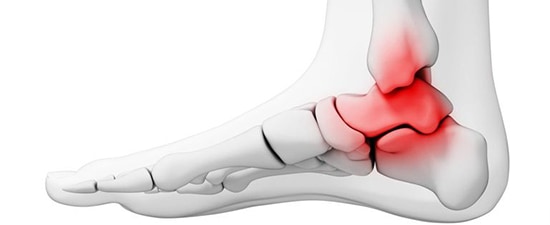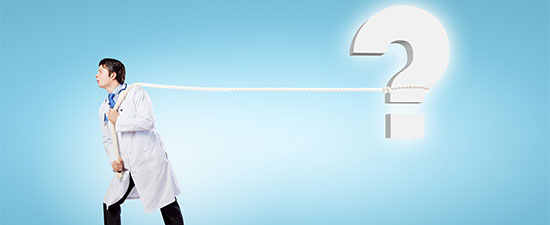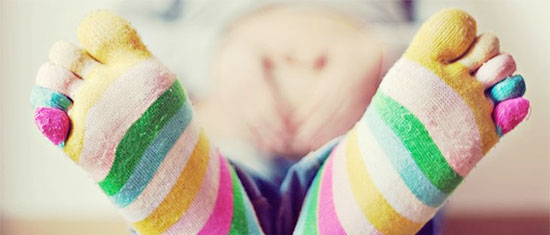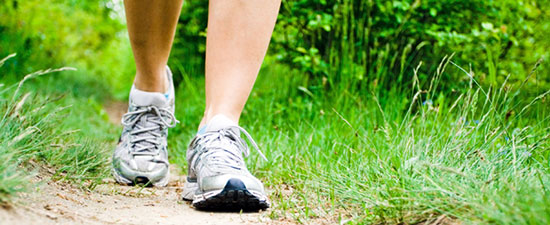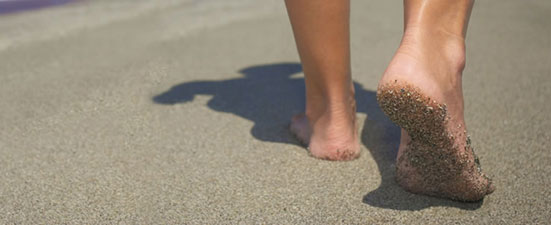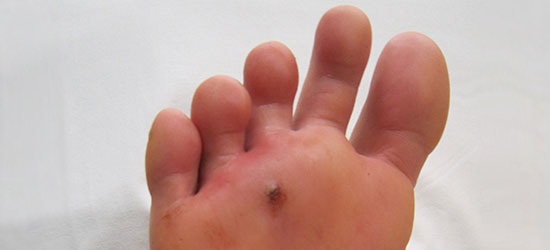Pain from your little toe (or baby toe or pinky toe) could be telling you something important. Here are four things to know about pinky toe pain.
CONTINUE READING →Got Big Toe Bumps and Lumps? Here’s 5 Things You Need to Know
Your big toe is more than just a device to locate bedposts and chair legs in the dark. The big toe is the only toe significant enough to get its own medical name. It’s dignified with the appellation “hallux”. The other four little piggies have to be satisfied with mere numbers. Whenever you are upright, there are crucial moments when read more »
CONTINUE READING →Kids’ Feet and Growth Plates: 5 Problems to Watch For
Many troublesome foot and ankle conditions occur in children just as they do in adults. But the bones of growing children haven’t themselves finished growing, so some children’s foot problems require extra attention. What is a child’s growth plate? Sites of active bone growth in children are called growth plates. They exist near the ends of bones in pre-adolescent children. read more »
CONTINUE READING →Why Diabetic Foot Exams Are Critically Important
Catching diabetic foot complications early will allow for proper intervention and prevention of ulcerations, infections, and limb loss. That is why routine exams with a foot and ankle specialist are so critical. At the first sign of diabetic foot pain, ulcers or other diabetic foot issues, get it checked out and do not wait for your next checkup. Otherwise, our read more »
CONTINUE READING →Feel Pain En Pointe or on Tippy Toes? Blame Os Trigonum Syndrome!
What’s an Os Trigonum? An os trigonum is a non-utilitarian piece of bone that usually rests peacefully at the back of some peoples’ feet. Ordinarily, an os trigonum is a harmless anomaly. However, if you punt a football, kick a soccer ball, swim using a butterfly kick, or go en pointe as a ballet dancer, that little hunk of bone read more »
CONTINUE READING →Want a Successful Ankle Surgery Recovery? Don’t Race Back to Training!
It’s sad but true, you can’t rush your recovery after having ankle surgery Ankle surgery recovery isn’t a walk in the park (pun intended), but getting back into your regular workout routine doesn’t have to be like a grueling marathon either. It’s a big change to your lifestyle when you’re recovering from a broken ankle, but the time you invest read more »
CONTINUE READING →11 Common Foot Lumps and Bumps and What To Do About Them
A surprisingly wide variety of lumps, bumps, and protrusions can afflict our feet. If you’ve got a bump on your foot, you may be wondering what the heck it is and how it got there. So we’ve put together an overview of the most common and interesting bumps together with the appropriate treatment for each.
CONTINUE READING →Flatfoot Reconstruction Is Best Option For Patients Of Any Age [New Study]
Look at the feet of a baby. We all begin life with tiny little Barney Rubble feet. Unfortunately, some of us revert to that condition as time and/or trauma affect our feet and make walking difficult. What is adult acquired flatfoot deformity? The feet of infants and toddlers start off flat as a board with no discernible bend in the read more »
CONTINUE READING →Expert Insights On Treatment Options For Cystic Lesions Of The Talus
As published in Podiatry Today: An osteochondral lesion is an injury or fracture to the chondral surface or underlying subchondral bone. These lesions occur in the talus and are generally secondary to single or multiple traumatic events. Traumatic events can cause multiple mechanisms of injury including shearing, fracture, avulsion and compaction. These injuries can result in varying degrees of partial read more »
CONTINUE READING →What’s Plantar Tendonitis and Why is it Still a “Medical Mystery”?
“Plantar tendonitis” is the cause of severe foot pain that is sweeping the nation. It’s debilitating millions of Americans, people are complaining about it a lot and it’s interfering with patients’ ability to even stand and walk. It’s keeping even the most athletic among us away from the activities they love most. So why aren’t most doctors talking about it? read more »
CONTINUE READING →The 4 Best Ways to Pamper Your Feet & Legs While Pregnant
Women tolerate many foot and ankle discomforts during pregnancy, swollen feet is one of the most common. Consult our guide to ease your pregnancy foot pain.
CONTINUE READING →Beat the 6 Most Common Walking Pains
Walking is pretty much universally considered the safest form of exercise, right? Well, yes, but it’s not completely without its risks. If your walking routine is interrupted by aches and pains, you should do what you can to address them early on. What seems like a minor pain could worsen and prevent you from exercising altogether. Here are some tips read more »
CONTINUE READING →6 Beach Bummers for Your Feet
Jimmy Buffett, the shepherd of summer vacationers, once famously blew out his flip flop, stepped on a pop top, and cut his heel. Fortunately, a frosty margarita was all it took to nurse the eternal beach bum back to full health, but those of us at University Foot and Ankle Institute would hate for a foot injury to interrupt your read more »
CONTINUE READING →Foot Puncture Wound: A Hole in the Sole
A foot puncture wound is not like a normal cut; it is a small hole in the skin caused by a pointed object, such as a nail you have stepped on. Proper treatment within the first several hours is particularly important with puncture wounds because the piercing object may become embedded under the skin. Prompt medical attention can greatly reduce read more »
CONTINUE READING →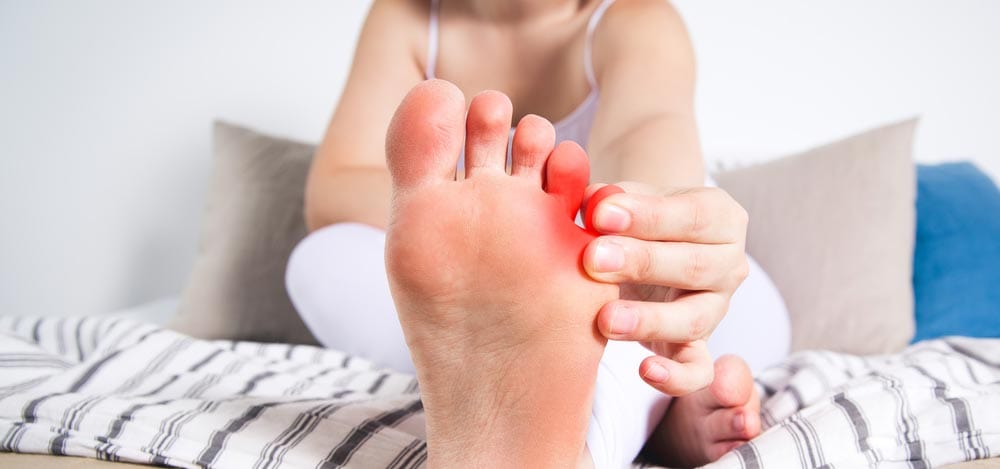
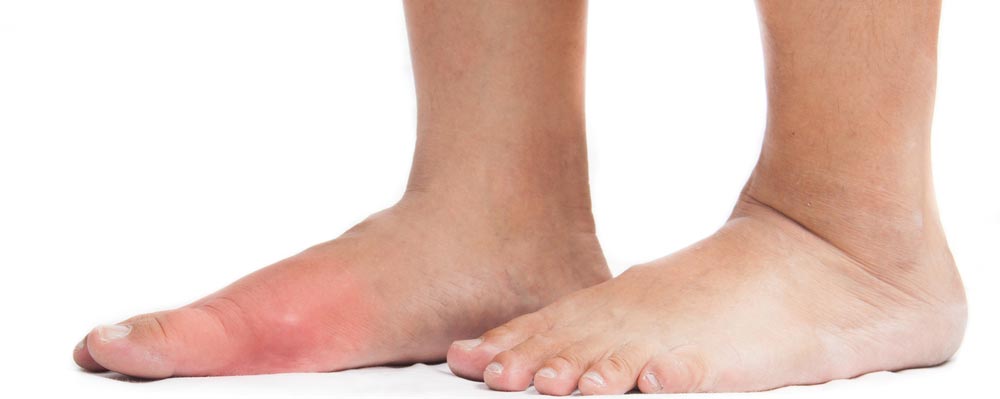

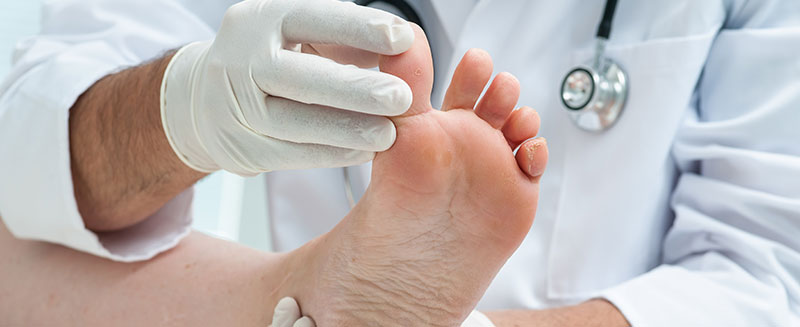
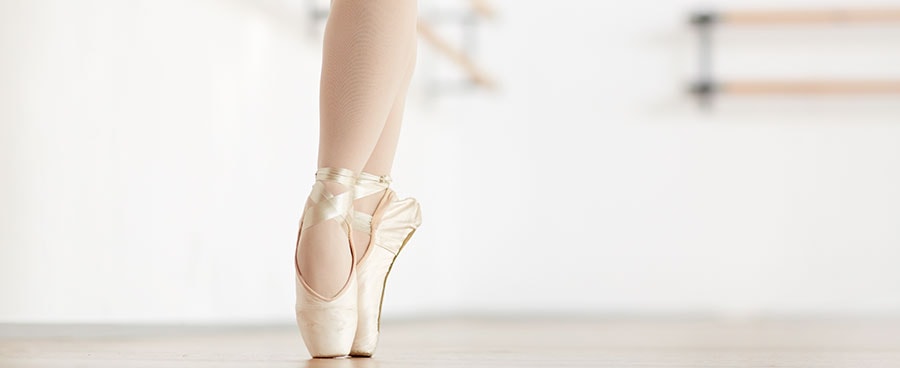
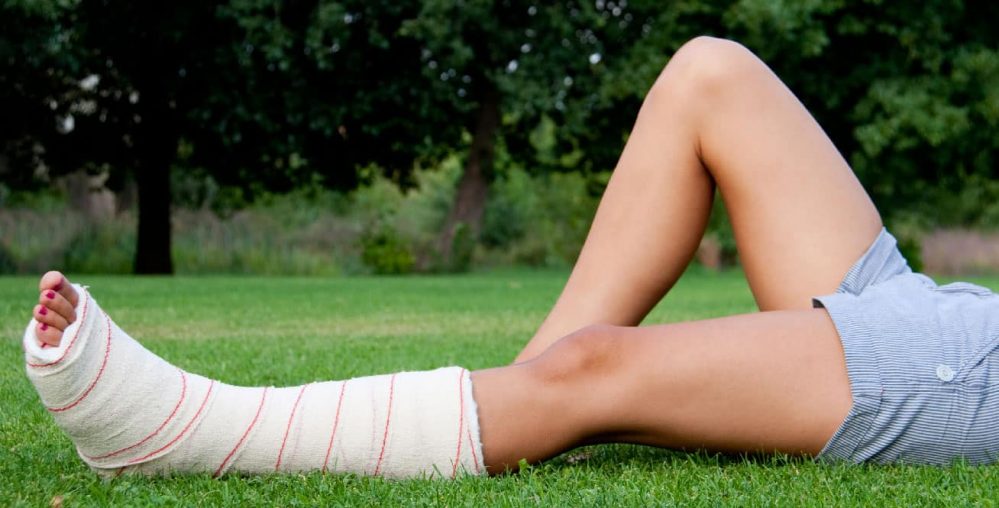
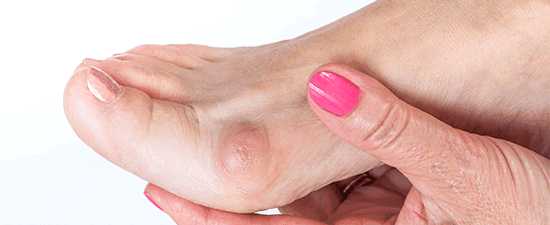
![Flatfoot Reconstruction Is Best Option For Patients Of Any Age [New Study]](https://www.footankleinstitute.com/blog/wp-content/uploads/2018/04/Flat-Foot-Reconstructive-Surgery.jpg)
